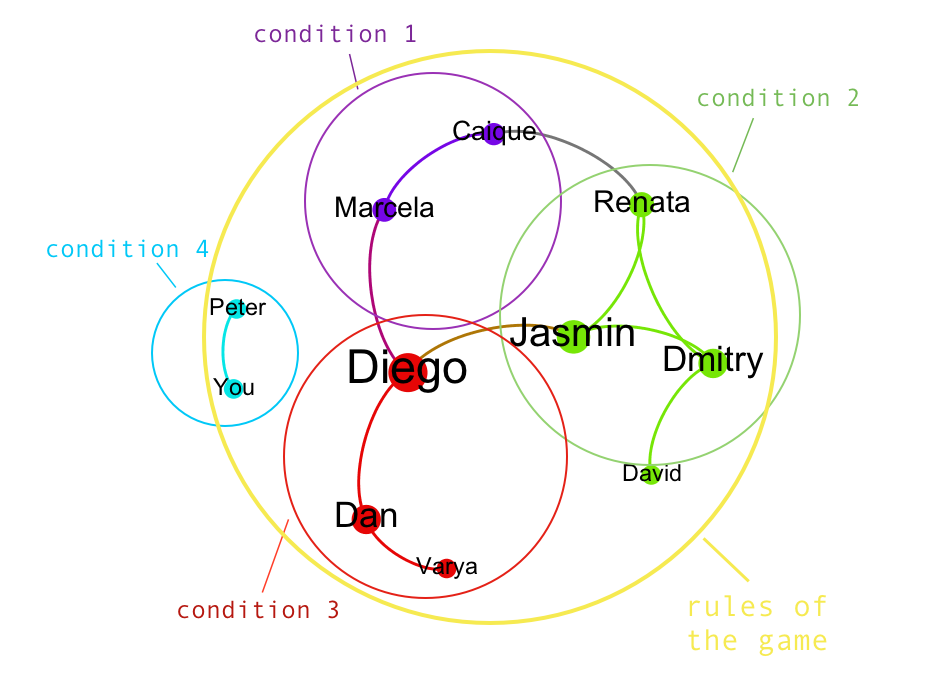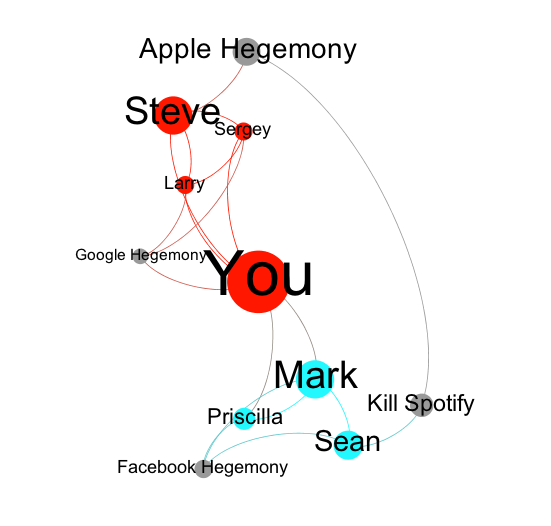Posted by Nodus Labs | May 31, 2012
Embodying Social Networks Workshop
Networks are everywhere and yet it’s still a very abstract concept. Together with our colleagues from Transnomia Institute we put together a special workshop that offers a very tangible experience of networks to the participants. As a result, they get intuitive and embodied knowledge of various network structures and learn to extend their social skills beyond the common patterns and codes of behavior.



